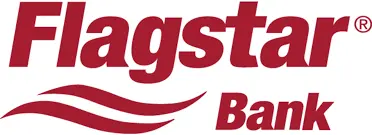Military veterans, active-duty service members and eligible surviving spouses may qualify for a VA loan, as long as they meet the minimum service requirements and have sufficient VA entitlement.
According to VA guidelines, you’re typically eligible for a VA loan if:
- You’re an active-duty service member who served more than 90 continuous days of active duty
- You’re a veteran or member of the National Guard or Reserve member, and you meet the active-duty requirements for your service dates
- Your spouse was a service member and is missing in action, or died while in service or from a service-related disability
To confirm your eligibility for a VA loan and see how much of your VA loan entitlement you have left, apply online for a certificate of eligibility at the Veterans Information Portal.





